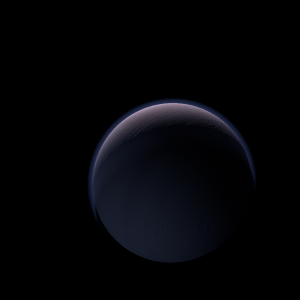|
|
Space Astro
|
Info for exoplanet "Hyayu"
| Scientific (actual) data |
|---|
| Name | CoRoT-11 b |
| Planet status | Confirmed |
| Planet mass | 2.33 |
| Radius | 1.43 |
| Orbital period | 2.99432 |
| Semi major axis | 0.04351 |
| Orbit eccentricity | 0 |
| Inclination | 81.41 |
| Angular distance | 0.000078 |
| Discovered | 2010 |
| Updated | 2014-08-17 |
| Tzero tr | 2454600 |
| Publication | Published in a refereed paper |
| Detection type | Primary Transit |
| Star name | CoRoT-11 |
| Right ascension | 280.69° |
| Declination | 5.94° |
| Mag v | 12.94 |
| Star distance | 560 |
| Star metallicity | 0.04 |
| Star mass | 1.27 |
| Star radius | 1.36 |
| Star sp type | F6V |
| Star age | 2 |
| Star temperature | 6343 |
| Wikipedia article | CoRoT-11 b |
Back
| |
| Fictional info (?) |
|---|
| Suggested name | Hyayu |
| Planet type | Large hot gas giant |
| It is the coldest planetary atmosphere in its solar system, with a minimum temperature of 70°K (-203°C), and has a complex, layered cloud structure with sulfur dioxide thought to make up the lowest clouds, and carbonyl sulfide the uppermost layer of clouds. When viewed from Earth, this proximity to CoRoT-11 means the planet can only be seen near the western or eastern horizon during the early evening or early morning. |
| Atmosphere | Carbonyl sulfide | 62% |
| Sulfur dioxide | 30% |
| Carbon dioxide | 5.6% |
| Hydrogen | 1.7% |
| Atmospheric pressure | 0.018 bar |
 |
| No known satellites |
| Google search for Hyayu |
|
Website by Joachim Michaelis
|
|
|
|